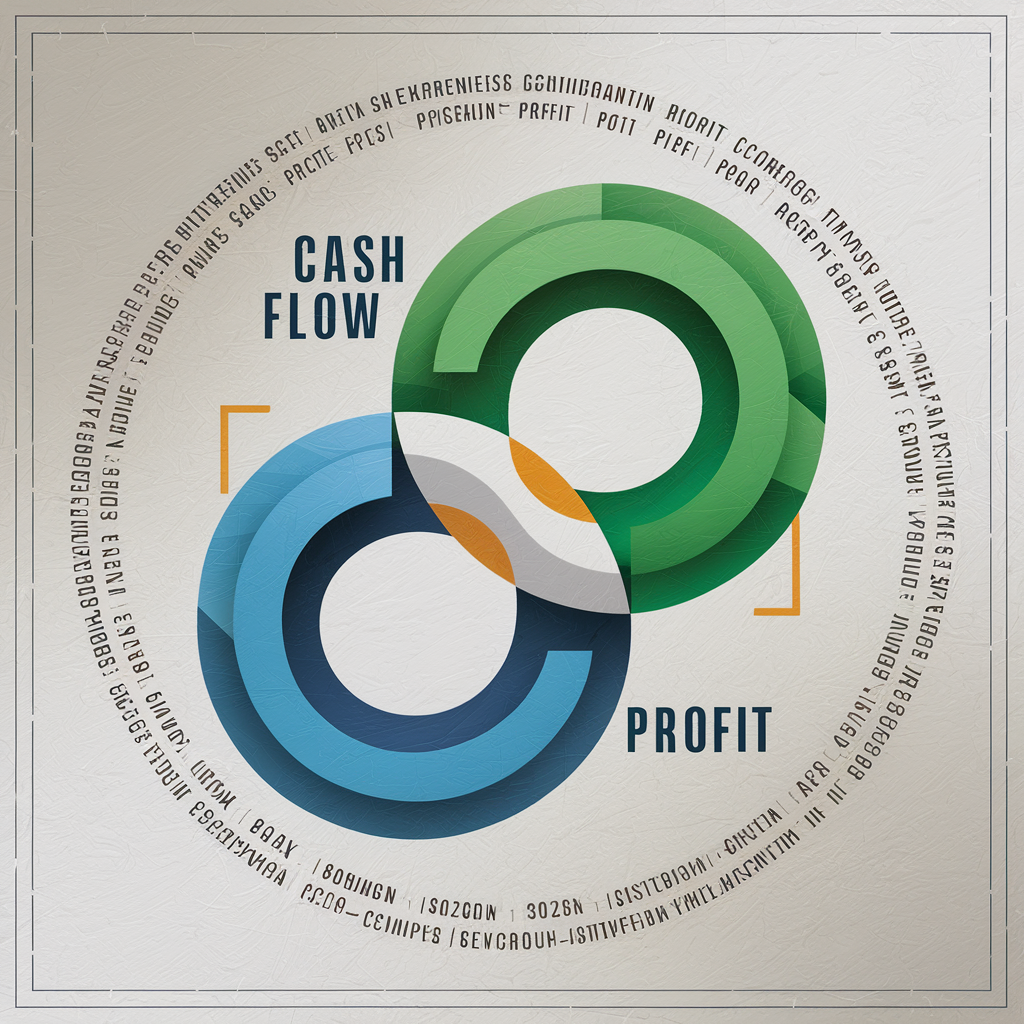“Compound Interest is the eight wonder of the world. He who understands it earns it… he who doesn’t …. pays it.”
-Einstein or may be Lincoln or Micheal Scott, whoever may have but it’s an unavoidable fact.
But someone did mention these words way back in the early 1900’s. No matter who said these, what matters is how we understand and use the concept of Compound Interest or Compounded Annual Growth Rate or CAGR to our advantage. In this article we would delve deeper in the world of computing investment returns and the importance of CAGR as an investment metric to understand your investment performance.
Ok, so let’s go a bit deeper, I would use biking (I know most people enjoy) as an analogy to explain further, am sure that would make it easy to understand the concepts. Let’s cruise down the seemingly difficult, but actually easy to manoeuvre, the terrain of CAGR or Compound interest.
Introduction: This speedometer has no restrictions
Imagine your investment as a road trip, and CAGR is like the speedometer telling you how fast your money is growing each year. It's a handy tool that cuts through the confusing stuff and shows you the real story of your investment's growth.
In this blog, we're not just talking about CAGR; we're taking it for a spin. We'll show you how to figure it out, talk about its limitations, and explain why it's crucial for making smart money choices. We will also take you through the calculations of CAGR (I understand math sucks) and even worse, we will take you through some practical examples on the concepts of CAGR or Compound interest growth rate. Don’t worry, it’s not all that bad if you think of it as a guide for your investment journey, helping you navigate and understand the twists and turns. So, buckle up! By the end, you'll not only get what CAGR is but also be ready to make better decisions with your money. Let's hit the financial road together!
What is CAGR / Compounded Annual Growth Rate
Investopedia defines CAGR as “The compound Annual Growth Rate (CAGR), is the rate of return (RoR) that would be required for an investment to grow from its beginning balance to its ending balance, assuming the profits were reinvested at the end of each period if the investments life span”.
Confused?. We are not surprised you are… Well lets go back to our biking analogy. Imagine CAGR as the thrilling acceleration you experience on your bike. It's not just about going fast; it's about understanding the smooth, compounded growth that propels your investment forward, much like the wind in your hair on a swift ride.
CAGR is like the pace you need to make your money grow from the start to the finish. It's like finding the right speed that magically turns your starting money into your ending amount if you keep adding the extra money you make along the way. So, CAGR is like the ideal biking speed that helps your money grow just the way you want it to by reinvesting the extra cash you make on your financial journey.
In the world of finance, CAGR (Compound Annual Growth Rate) is a key investments metric helping investors understand how much their investments are growing each year. It calculates the yearly growth rate, assuming you reinvest the profits at the end of each year. Think of it as a super-precise tool for figuring out returns on things that can change in value over time. Investors use CAGR to compare how well one investment performed against others in a group or a market index. It's a handy way to see how different investments did over time or against a standard. Just remember, CAGR doesn't give you info about investment risk.
Well then what is that Simple annual growth rate I knew that all along.
CAGR (Compound Annual Growth Rate) as we discussed, is like averaging your speed during a road trip, factoring in the compounding effect of speeding up each time. Well, lets rate it as a smooth measure. Meanwhile, the simple annual growth rate is akin to calculating how much faster you are driving each year without considering the cumulative effect. So, it’s a pretty straightforward method without the compounding.
If its such a great investment metric surely its calculation would be a serious headache.
Yes and No both, think of calculating CAGR (Compound Annual Growth Rate) as finding the average speed for your whole road trip. Its like taking the average of all your speeds, considering how much faster you go each time.
What is the Math behind this?
To calculate the compounded annual growth rate on investment, use the CAGR calculation formula and perform the following steps:
- Divide the investment value at the end of the period by the initial value.
- Increase the result to the power of one divided by the tenure of the investment in years.
- Subtract one from the total.
And yes, don’t forget to multiply the above by 100 and reflect the answer in %,
Now lets get this with an example.
Suppose you drove your bike at an average speed of 80 Kmph this year (year 0), in the subsequent year this average speed grows to 100 Kmph (year 1), and at the end of 2nd year the average speed for the year was 120 Kmph. Your CAGR of your driving speed would be calculated as under..
CAGR = (120/80)^(1/2) – 1 = 22.47%.You can check the CAGR Calculator here.
OK, got it till now but does CAGR actually matters?
Think of your investments as different routes to a destination. CAGR acts as your financial GPS, guiding you through these routes by offering a standardized metric. Just as you'd choose the route that aligns with your preferences, risk tolerance, and time constraints, CAGR assists in selecting investments that match your financial journey.
Consider test-driving two cars—one with sporadic acceleration and another with smooth and consistent speed. In the financial world, this is akin to comparing two investments using CAGR. It reveals not just the overall performance but how steady and reliable the growth has been over time. Imagine planning a road trip.
CAGR becomes your trusty companion, helping you chart a course for your financial destination. Whether it's retirement planning or building wealth, CAGR provides a clear roadmap, much like a well-prepared driving itinerary.
CAGR vs. Other Investment Metrics: The Vehicle Comparison.
- Return on Investment (ROI): If ROI is like the odometer, indicating the total distance travelled, CAGR is the fuel efficiency, considering how efficiently you've covered that distance annually.
- Internal Rate of Return (IRR): IRR might be akin to a sophisticated navigation system that offers multiple routes. However, CAGR simplifies the journey, giving you a clear and consistent growth rate.
- Absolute Returns: Much like the total horsepower of a car, absolute returns tell you the overall power of an investment. However, CAGR goes a step further, giving you the average speed and performance over time.
Understanding these metrics is like choosing the right vehicle for your financial road trip. Each has its strengths and limitations, and your choice depends on the road conditions and your preferences as a financial driver.
CAGR in Investment Decision Making : A Drive to Financial Success
How investors use CAGR to make informed decisions. We can compare CAGR with a GPS system as well, Just as drivers rely on GPS for a smooth journey, Investors look at Compounded Annual Growth Rate (CAGR) to navigate the complex terrain of investment decisions.
Investors look at CAGR for its ability to reflect stable growth. A high CAGR signifies a reliable and steady growth, helping investors to choose investments that offer a smoother financial ride. CAGR shows that an investment grows steadily, which means it can handle changes in the markets, its like helping investors for the long term investment journey.
Investors use CAGR to guide diversification decisions, ensuring portfolios can weather diverse market conditions.
Lets try to understand this with a simple example :
Imagine Investor A as someone picking between two cars—one that speeds up and slows down a lot, and another that goes at a steady pace. CAGR helped them choose the steady one, like having a smooth ride in your car. Now, picture Investor B looking at two different routes for a road trip. By using CAGR, they chose the route that stays at a consistent speed over time. CAGR was like their guide, helping them make smart choices for a stable and comfortable journey. In these stories, CAGR is like the steering wheel for investors, helping them decide on investments that match their comfort level and financial plans. Just like a confident driver on changing roads, investors with CAGR move through the complex financial landscape with confidence and clear direction.
But is it the same across different investment scenarios (driving conditions)?
No exactly, CAGR (Compound Annual Growth Rate) is a lot like a driving terrain as well, sometimes the drive is smooth like the highway between Bengaluru and Hyderabad, steady, smooth & consistent. But several times there would be bumpy roads, numerous red lights and heavy traffic like in Bengaluru but then these are the speed breakers that control the excess speed, gives the rider some breather before moving on to the smoother roads.
But most of the time it is neither of the above, CAGR is a combination of a smooth and a bumpy drive which of course checks the stability and resilience of the rider.
Case studies of successful financial planning using CAGR are like travel diaries of well planned journeys. They illustrate how individuals strategically used CAGR to navigate financial terrains, avoid pitfalls, and reach their desired destinations.
In the financial journey of one life, CAGR is your reliable GPS, it helps you interpret and understand the landscape, avoid detours, and reach your financial goals with confidence and clarity.





